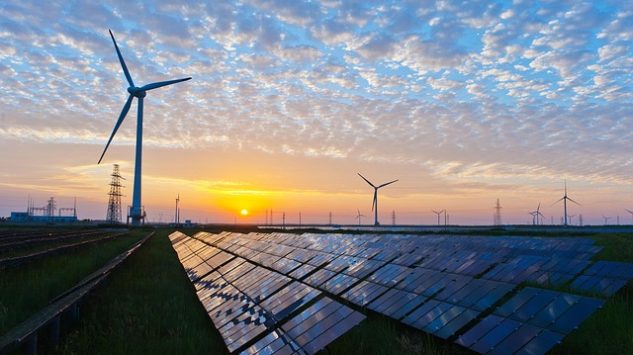Issue Briefs

Alaska, Area 1002, And U.S. Energy Security:
July 2, 2019
By Johnathan Chanis
The recently passed Senate budget resolution provides the Senate Energy and Natural Resources Committee with a pathway to enhance U.S. energy security by opening Area 1002 of the Alaska National Wildlife Refuge (ANWR). Petroleum production in Alaska peaked in 1988 at over 2 million barrels per day (mbd) and it has steadily declined since that time. It has fallen by over 1.5 mbd over peak 1988 levels and in 2016 averaged just 490,000 barrels per day (b/d).
Throughout most of the 1980s and into the mid-1990s, Alaskan production represented over one-fth of total U.S. crude oil production—a development that greatly increased U.S. energy security. Similarly, today, opening Area 1002—a small part of the Alaskan National Wildlife Refuge—to oil exploration and development can reduce U.S. foreign import dependence. Increasing domestic oil production is an economic and national security imperative.
Read More Below:
Chanis. Alaska, Area 1002, And U.S. Energy Security. The Fuse. Nov. 3, 2017 (1)
The views and opinions expressed in this issue brief are those of the author.
 |
GPI Fellow and Senior Vice President of Policy, Jonathan Chanis is responsible for planning and directing the research, analysis, and writing of SAFE’s policy team. Before joining SAFE, Jonathan taught graduate students at Columbia University about energy security and scenario planning, and he consulted on petroleum and natural gas security, and supply and value chain management. |